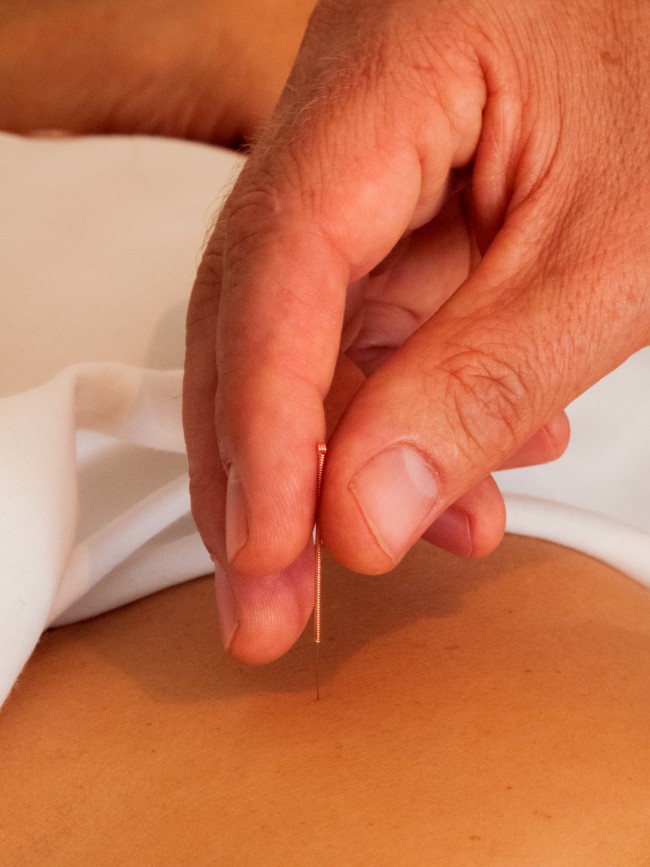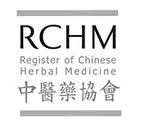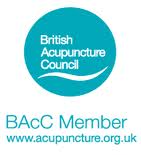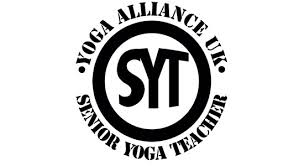Washington: Researchers have explored the basic science and mechanisms of action of medical acupuncture, which is increasingly being validated as an effective treatment for a broad range of medical conditions.
In a special issue of Medical Acupuncture, a peer-reviewed journal published by Mary Ann Liebert, Inc., publishers presents a series of articles by authors from around the world who provide diverse and insightful perspectives on the science and physiologic responses underlying medical acupuncture.
Understanding acupuncture in the same manner that we understand the mechanism of action and pharmacokinetics of a particular drug will, similarly, enable us to match treatments better with conditions, stated Guest Editor Richard F. Hobbs, III, MD.
"The net effect will be improved outcomes," he wrote in his editorial "Basic Science Matters."
In the editorial "Basic Science: Mysteries and Mechanisms of Acupuncture," Richard Niemtzow, MD, PhD, MPH, Editor-in-Chief of Medical Acupuncture, a retired Air Force Colonel and current Director of the USAF Acupuncture Center, Joint Base Andrews, Maryland, suggested that natural events have scientific explanations and that "the two explanations–one scientific, the other environmental–might both elucidate how acupuncture works."
A Review article by John Longhurst, MD, PhD, University of California, Irvine, also describes how acupuncture's effects on cardiovascular function can decrease elevated blood pressure, improve blood flow, and relieve pain.
Steven Harte, PhD and colleagues from the University of Michigan (Ann Arbor) and Massachusetts General Hospital and Harvard Medical School (Boston, MA) reported the results of a study aimed at understanding the differences in patient responses to traditional vs. sham acupuncture.
They used pressure-pain testing to identify patients who may be less likely to respond to sham acupuncture based on levels of neurotransmitters in the brain.
The study is described in the article "Pressure Pain Sensitivity and Insular Combined Glutamate and Glutamine (Glx) Are Associated with Subsequent Clinical Response to Sham But Not Traditional Acupuncture in Patients Who Have Chronic Pain."
Keith Spaulding, ND, MAc and coauthors assessed the electrophysiological differences between actual and nearby (or sham) acupuncture points in the article "Acupuncture Needle Stimulation Induces Changes in Bioelectric Potential."




